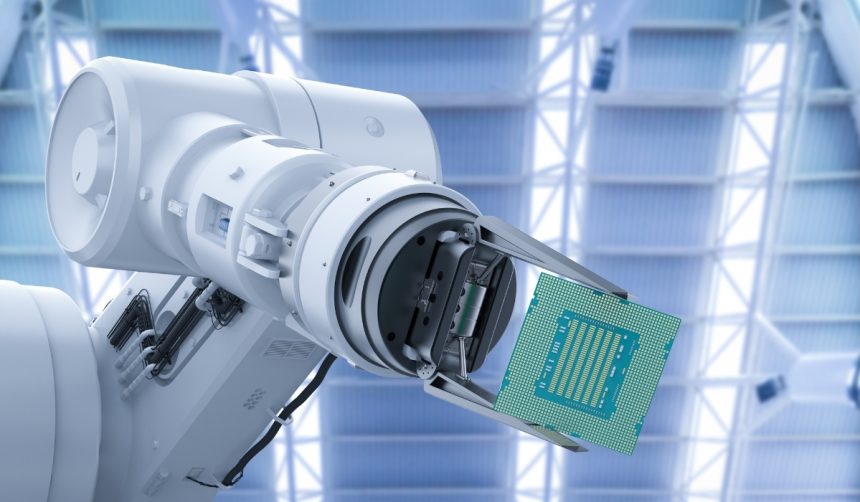A new development in the logistics sector has seen Glid Technologies attract substantial interest from venture capital as it prepares to deploy autonomous vehicles connecting roads and railways. The company’s innovative “Glider” vehicles intend to improve efficiency within the congested first mile of freight transport. With large volumes of goods depending on seamless movement, Glid’s approach could influence how ports and intermodal facilities handle rising demand. As the logistics industry increasingly looks to automation, companies like Glid are positioning themselves to shape deployment standards and operational models for years to come.
Efforts by various startups to address road-rail freight integration have surfaced in previous years, but most lacked the dual-mode vehicle execution or did not secure sufficient early funding. Some competitors explored robotics for intermodal loading or warehouse-to-yard transfer but often remained in pilot phases. Glid Technologies differentiates itself with both a technological suite and a clear path to deployment, reflecting a shift from research prototypes to practical field operations. The $3.1 million pre-seed round distinguishes Glid’s momentum compared to earlier concepts that struggled with commercialization. Unlike several initiatives that focused purely on drayage or yard automation, Glid emphasizes an end-to-end, minimal-transfer solution for real-time freight movement.
What specific technologies does Glid Technologies introduce?
Glid Technologies announced two central products: the Rāden, an unmanned, hybrid-electric vehicle capable of travel on road and rail, and EZRA-1SIX, an AI-based logistics orchestration platform. Rāden’s versatility allows it to operate autonomously across varied infrastructures, supporting complex and off-grid environments where conventional logistics vehicles encounter limitations. By pairing Rāden with EZRA-1SIX, the company aims to enable continuous, secure dispatch and adapt to both commercial and defense applications.
How will Glid use its new investment?
With funding secured, Glid will shift from development to field deployment, starting with the launch of GliderM, a manned, hybrid-electric vehicle, in California and Washington. These deployments are planned for Q3 2025. Additionally, capital will support the advancement of Rāden, extension of the EZRA-1SIX platform, recruitment of additional technical personnel, and partnerships with key industry stakeholders including ports and rail operators.
What business model and leadership does Glid pursue?
The company will operate a Mobility-as-a-Service subscription model inspired by the robots-as-a-service concept, enabling flexible deployment of Glider fleets around the U.S. Both commercial and defense customers are targeted, with Glid’s leadership team leveraging extensive logistics and engineering backgrounds to steer the company. CEO Kevin Damoa, with experience from the U.S. Army and logistics sector, leads a management team which includes CTO Chaitali Narla, Chief Engineer Tony Petraborg, and COO Matt Mueller.
“The first mile of our supply chain hasn’t evolved since the advent of rail, and it’s now the biggest bottleneck for moving goods. Glīd offers the most timely and innovative solution we’ve seen to fix it, from commercial freight to critical defense logistics,” said Jordan Kretchmer, Senior Partner at Outlander VC and Glīd board member.
Glid’s approach to integrating autonomous vehicles for both road and rail corridors aims to address inefficiencies faced in the earliest stages of freight movement, an issue long recognized by shippers and infrastructure stakeholders. The company’s dual-mode solutions, combined with AI coordination platforms, seek to overcome longstanding operational bottlenecks without relying solely on traditional cargo handling equipment or facilities. As the logistics market anticipates continued growth, this initiative may prompt other providers to consider automation beyond individual loading sites and move toward scalable, network-based solutions. Professionals and organizations watching freight modernization can study Glid’s choices for insights into integrating autonomy across complex supply chains.
- Glid Technologies secured $3.1M to deploy dual-mode autonomous freight vehicles.
- Its Glider, Rāden, and EZRA-1SIX systems target road-rail logistics inefficiencies.
- Commercial and defense customers are expected to access Glid’s subscription-based service.










